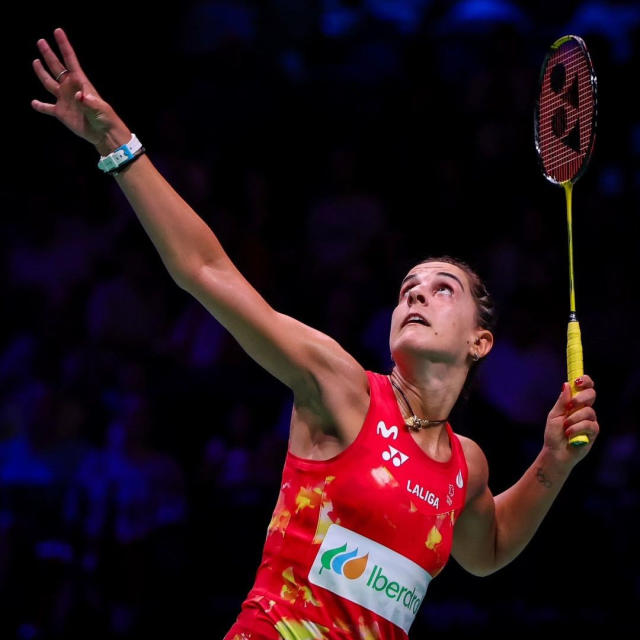
Mastering the Art of Paceline Cycling
Understanding the Basics
Paceline cycling is a technique used by cyclists to increase efficiency and speed while riding in a group. The basic premise is simple: riders take turns leading the group, breaking the wind for those behind them, while others draft behind, conserving energy. To master paceline cycling, it’s crucial to understand the fundamentals of drafting, group dynamics, and communication.
Perfecting Drafting Techniques
Drafting lies at the heart of paceline cycling. By riding closely behind another rider, cyclists can reduce wind resistance and conserve energy. To maximize drafting efficiency, it’s essential to maintain a consistent distance behind the rider in front, typically around one to two feet. This allows for optimal wind reduction while minimizing the risk of collisions.
Rotating Through the Group
In a paceline, riders take turns leading the group, with each rider spending a set amount of time at the front before rotating to the back of the line. This rotation allows all members of the group to share the workload evenly and prevents any one rider from getting too fatigued. Communication is key during these rotations, with riders signaling when they are ready to pull off the front and when they are rejoining the back of the paceline.
Staying Smooth and Predictable
Smoothness and predictability are essential when riding in a paceline. Sudden accelerations or erratic movements can disrupt the flow of the group and increase the risk of crashes. To maintain a smooth and steady pace, riders should focus on maintaining a consistent speed, avoiding sudden braking or swerving, and communicating their intentions to the rest of the group.
Reading the Group Dynamics
Successful paceline cycling requires an understanding of group dynamics and the ability to anticipate the actions of other riders. Experienced cyclists can often read the subtle cues and signals given off by other riders in the group, allowing them to adjust their position and pace accordingly. By staying aware of the movements of the group and responding proactively, cyclists can ensure a safe and efficient ride for everyone involved.
Communicating Effectively
Clear communication is essential in a paceline to ensure that everyone is on the same page and working together as a cohesive unit. Riders should use hand signals, verbal cues, and even subtle gestures to communicate their intentions and alert others to potential hazards. By fostering open communication and maintaining awareness of the group, cyclists can minimize the risk of accidents and keep the paceline running smoothly.
Building Trust and Confidence
Riding in a paceline requires a high degree of trust and confidence in your fellow cyclists. Each rider relies on the others to maintain a steady pace, communicate effectively, and react quickly to changing conditions. By building trust and camaraderie within the group, cyclists can create a positive and supportive environment that enhances the overall riding experience.
Training for Success
Becoming proficient in paceline cycling takes practice and dedication. Riders can improve their skills through regular training rides with experienced cyclists, focusing on drafting techniques, group riding dynamics, and communication skills. By dedicating time and effort to honing their paceline abilities, cyclists can unleash their speed and unlock new levels of performance on the road.
Embracing the Challenge
While paceline cycling may seem daunting at first, with time and experience, riders can learn to master this exhilarating technique. By understanding the fundamentals, communicating effectively, and building trust within the group, cyclists can unleash their speed and achieve new levels of success on the road. So saddle up, grab your bike, and join the paceline – the thrill of the ride awaits! Read more about paceline cycling



